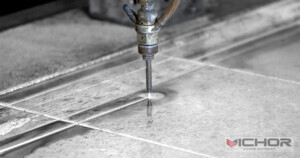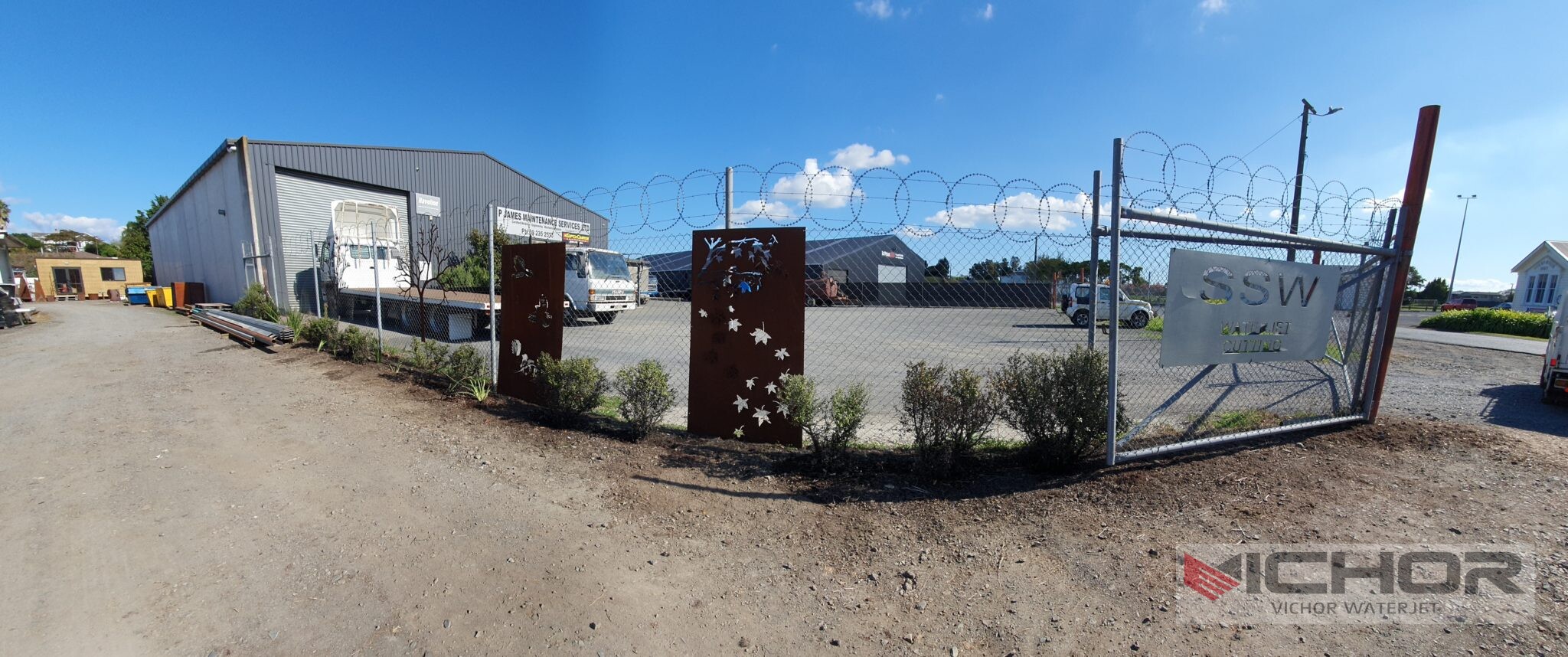5 Key Advantages of High Pressure Water Jet Drilling: Revolutionizing Modern Excavation
In the world of excavation, mining, and geothermal energy, the constant pursuit of efficiency, safety, and environmental responsibility has driven innovation for decades. While traditional mechanical drilling with hardened bits has long been the industry standard, a powerful alternative has been making significant inroads: High Pressure Water Jet Drilling. This technology, which utilizes the immense power of water pressurized to extreme levels, is not merely an alternative but a transformative approach that solves many of the inherent challenges of conventional methods. This article delves deep into the world of high pressure water jet drilling, exploring its fundamental principles, its numerous advantages over traditional techniques, its diverse applications, and why it represents the future of precise and sustainable excavation.
What is High Pressure Water Jet Drilling? The Core Principle Unveiled
At its essence, High Pressure Water Jet Drilling is a non-mechanical, thermo-free process that uses a supersonic stream of water, often mixed with abrasive particles, to erode and break apart rock, concrete, or other hard materials. The process begins with a powerful intensifier pump that pressurizes water to astonishingly high levels, typically ranging from 10,000 to over 60,000 PSI (pounds per square inch). This ultra-high-pressure water is then forced through a small, precisely engineered nozzle made of diamond or sapphire, creating a coherent jet that travels at speeds several times the speed of sound.
For cutting extremely hard rock or concrete, an abrasive material (such as garnet) is injected into the water stream just before the nozzle. The water jet accelerates these abrasive particles, turning the stream into a potent cutting tool capable of slicing through the toughest materials. This focused energy fractures the rock matrix at a microscopic level, disintegrating it without the need for blunt force trauma from a mechanical bit. The resulting slurry of water and rock fragments is then flushed back to the surface, clearing the way for continued drilling.
Advantage 1: Unmatched Precision and Control in Delicate Operations
One of the most significant benefits of high pressure water jet drilling is its exceptional precision. Unlike a rotating drill bit that can wander, vibrate, or cause unintended fracturing in the surrounding material, a water jet is incredibly focused.
Minimal Overbreak: The jet cuts only where it is aimed, resulting in a clean, precise hole with a diameter very close to the nozzle size. This eliminates “overbreak,” where surrounding material is unintentionally fractured or damaged. This is crucial in construction for creating precise openings for utilities or in mining for avoiding valuable ore bodies.
Directional Drilling: Water jet systems can be easily integrated into steerable drilling assemblies. The jet can be used to assist in guiding the drill head or even to drill in specific directions by selectively activating jets on one side of the tool, enabling complex well paths for oil, gas, or geothermal applications.
Selective Excavation: The process can be finely tuned to target specific materials within a rock formation. For example, if a hard nodule is surrounded by softer material, the water jet’s pressure can be adjusted to remove the soft material without damaging the hard nodule, or vice versa.
This level of control is simply unattainable with conventional rotary or percussion drilling methods, making it ideal for sensitive projects where structural integrity and accuracy are paramount.
Advantage 2: Drilling Without Damaging Heat or Mechanical Stress
Traditional drilling generates a tremendous amount of heat and mechanical stress due to the friction between the drill bit and the rock. This presents several problems:
Tool Wear: The heat and stress rapidly degrade the drill bit, requiring frequent and costly replacements, especially in hard rock formations.
Workpiece Damage: The heat can alter the properties of the surrounding rock, potentially creating weaknesses or “heat-affected zones” (HAZ). In concrete, this can lead to micro-cracking that compromises structural integrity.
High Pressure Water Jet Drilling is a cold-cutting process. It erodes material through hydraulic energy and abrasion, not friction-induced heat. This eliminates the HAZ entirely and prevents any thermal damage to the formation being drilled. Furthermore, since there is no physical contact between a hard tool and the rock (only the water/abrasive stream), there is no mechanical stress imposed on the surrounding structure. This is a critical advantage when drilling near existing structures, sensitive materials, or in brittle rock formations.
Advantage 3: Drilling in the Most Challenging and Hazardous Formations
Certain geological formations are notoriously difficult and dangerous to drill using conventional methods. High Pressure Water Jet Drilling excels in these challenging environments.
Hard and Abrasive Rock: formations like granite, quartzite, and basalt quickly wear down mechanical bits. A water jet system, however, has no dulling bit to replace; the abrasive is constantly replenished, maintaining a consistent cutting rate regardless of rock hardness.
Unstable and Fractured Formations: Using a mechanical drill in fractured rock can cause further collapse and make it impossible to retrieve the tool. The low mechanical force of a water jet minimizes the risk of destabilizing the borehole walls. The constant flow of water can also help to stabilize certain formations by filling fractures and providing hydrostatic support.
Hazardous Environments: In underground coal mines, the risk of methane gas ignition from sparks created by metal-on-rock contact is a constant and deadly threat. High Pressure Water Jet Drilling is inherently spark-free, making it an exceptionally safe technology for use in gassy and potentially explosive atmospheres.
This ability to tackle the toughest jobs safely and efficiently makes it a invaluable technology for extending the life of mines and accessing previously unreachable resources.
Advantage 4: Enhanced Environmental Sustainability and Efficiency
The modern industrial world demands more sustainable practices, and high pressure water jet drilling delivers several key environmental and efficiency benefits.
Reduced Energy Consumption: While the intensifier pumps require significant power, the overall system can be more energy-efficient than mechanical drilling in hard rock. This is because energy is directly transferred to cutting via the fluid jet, rather than being wasted as heat and wear on a massive mechanical system.
- Lower Noise and Vibration: The process generates significantly less noise and ground vibration than pneumatic or rotary percussion drills. This reduces the environmental impact on surrounding communities and is less disruptive to wildlife.

Minimal Waste and Contamination: The primary waste product is a slurry of rock cuttings and water, which is often easier to manage than dry rock dust. This slurry can be settled, and the water can be recycled and reused in the drilling process, minimizing water consumption—a critical factor in arid regions. Furthermore, because no oils or chemicals are typically used in the cutting process itself (unlike some mechanical drilling fluids), the risk of groundwater contamination is greatly reduced.
Advantage 5: Versatility Across a Multitude of Industries
The application of high pressure water jet drilling is not confined to a single sector. Its unique advantages have made it a valuable technology across a wide spectrum of industries:
Mining and Quarrying: Used for precision rock cutting, exploratory drilling, creating slots for block separation, and even in-seam mining for coal and other soft minerals.
Geothermal Energy: Critical for drilling deep geothermal wells where hard, hot crystalline rock is encountered. Its ability to drill efficiently without thermal damage is a major asset.
Oil and Gas: Employed in drilling through hard rock formations, milling and removing downhole equipment, and for slot cutting in casing and tubing.
Construction and Demolition: Ideal for creating precise holes in concrete for utilities, structural modification, and controlled demolition tasks where vibration must be minimized.
Tunneling and Shaft Sinking: Used as an assistive technology on Tunnel Boring Machines (TBMs) to pre-fracture very hard rock, making it easier for the mechanical cutters to excavate, thereby increasing the TBM’s advance rate and reducing wear.
The Future of High Pressure Water Jet Drilling
The future of high pressure water jet drilling is bright, driven by ongoing research into higher pressure systems, more efficient pump designs, and smarter, automated controls. Integration with robotics and real-time monitoring systems will allow for even greater precision and unmanned operation in hazardous environments. As the demand for sustainable resource extraction and infrastructure development grows, this powerful, precise, and clean technology is poised to become a cornerstone of modern industrial excavation.
While it may lack the raw, brute-force appearance of a massive rotary drill rig, High Pressure Water Jet Drilling represents a smarter, more sophisticated approach to penetrating the earth. Its five key advantages—unmatched precision, absence of damaging heat/stress, capability in challenging formations, environmental benefits, and cross-industry versatility—make a compelling case for its widespread adoption. As technology continues to advance, this innovative method will undoubtedly play a pivotal role in building a more efficient, safer, and more sustainable future for excavation and beyond.
continue reading



